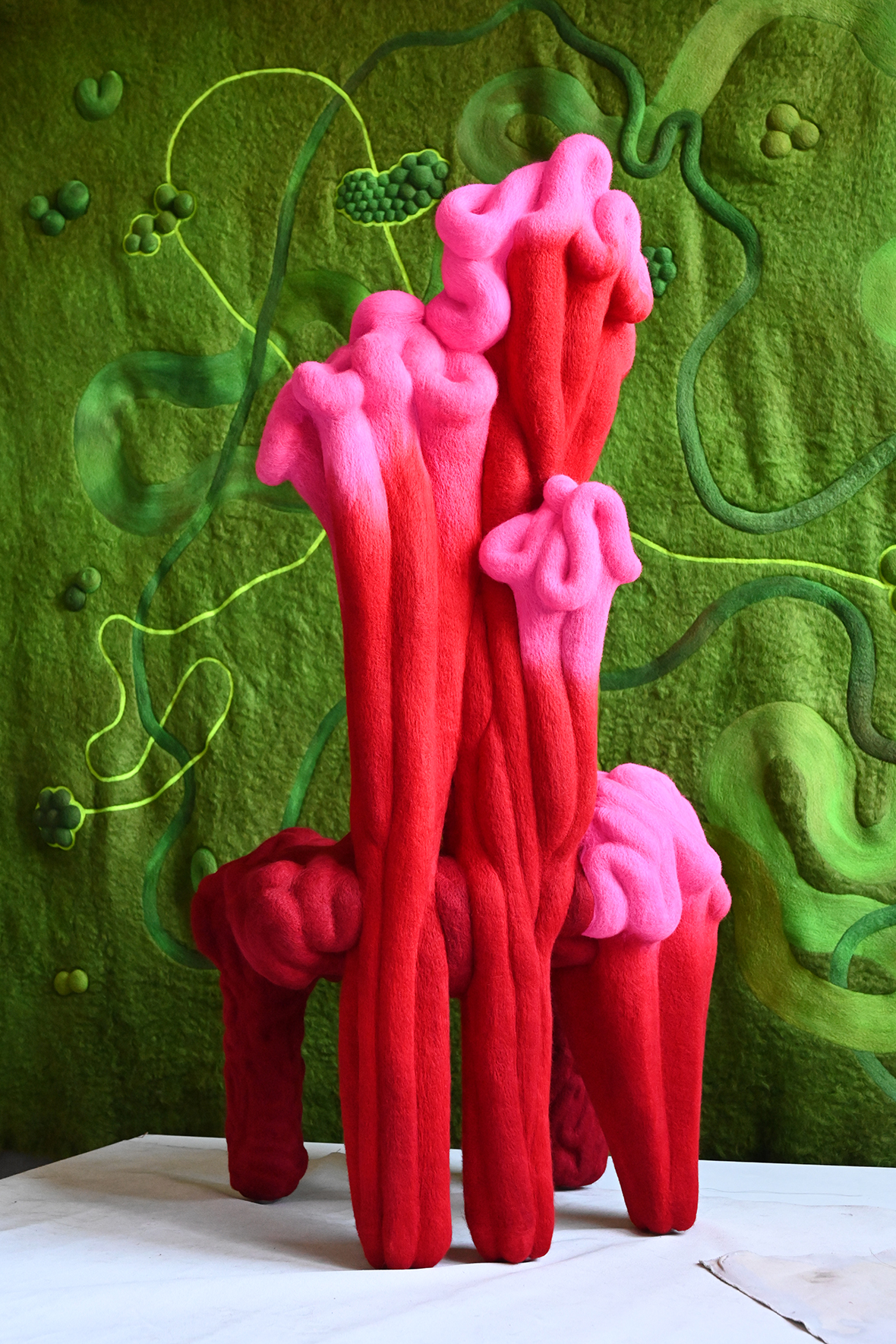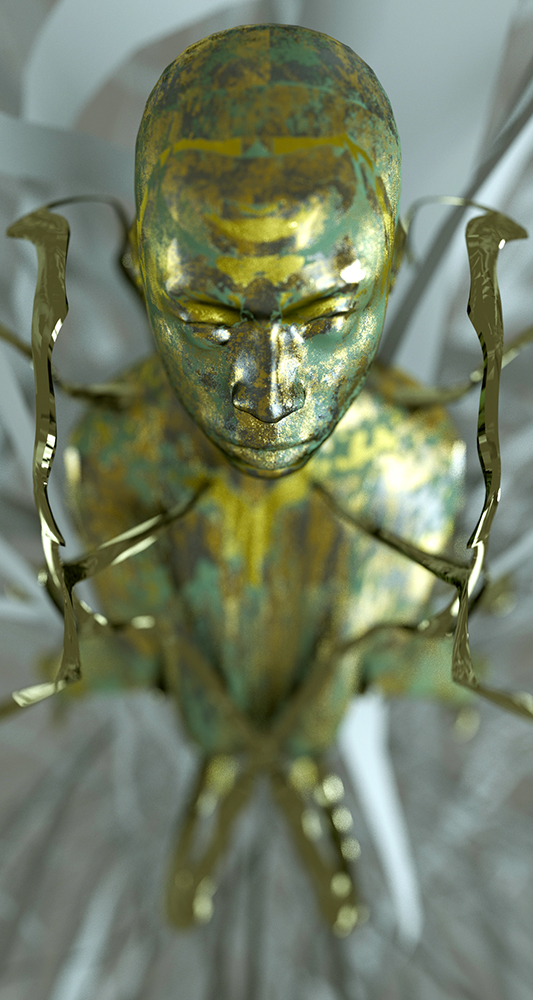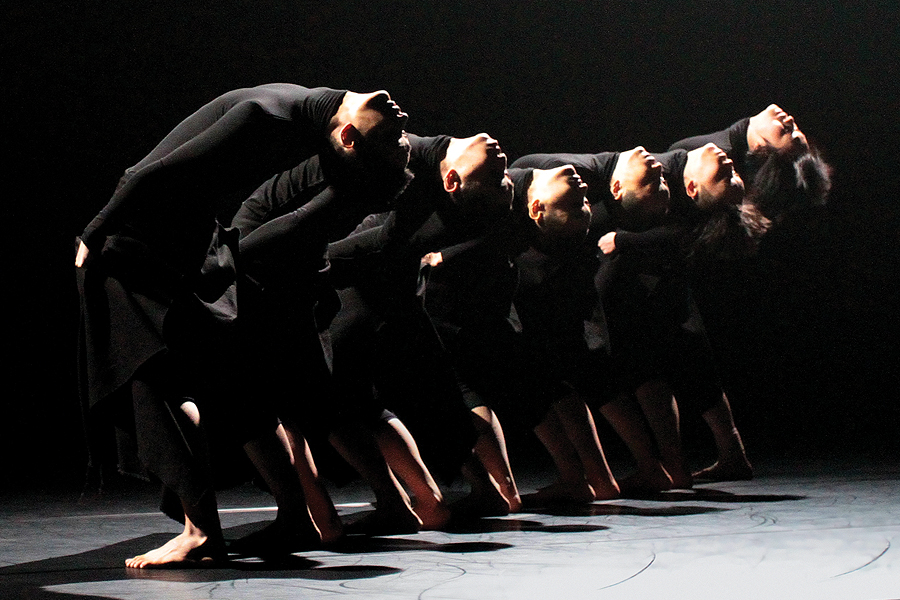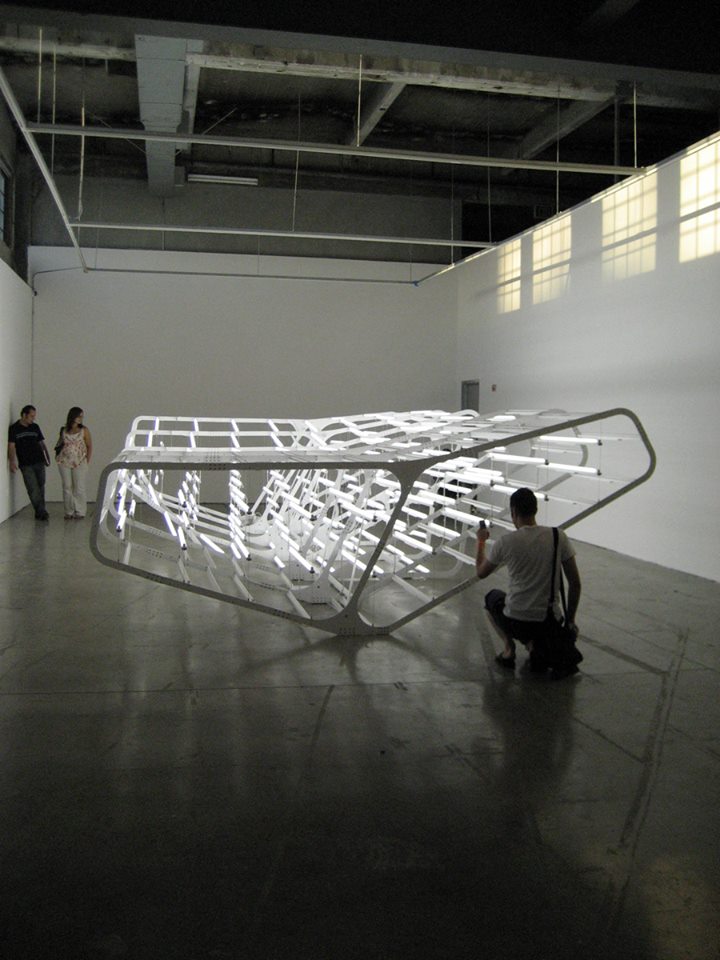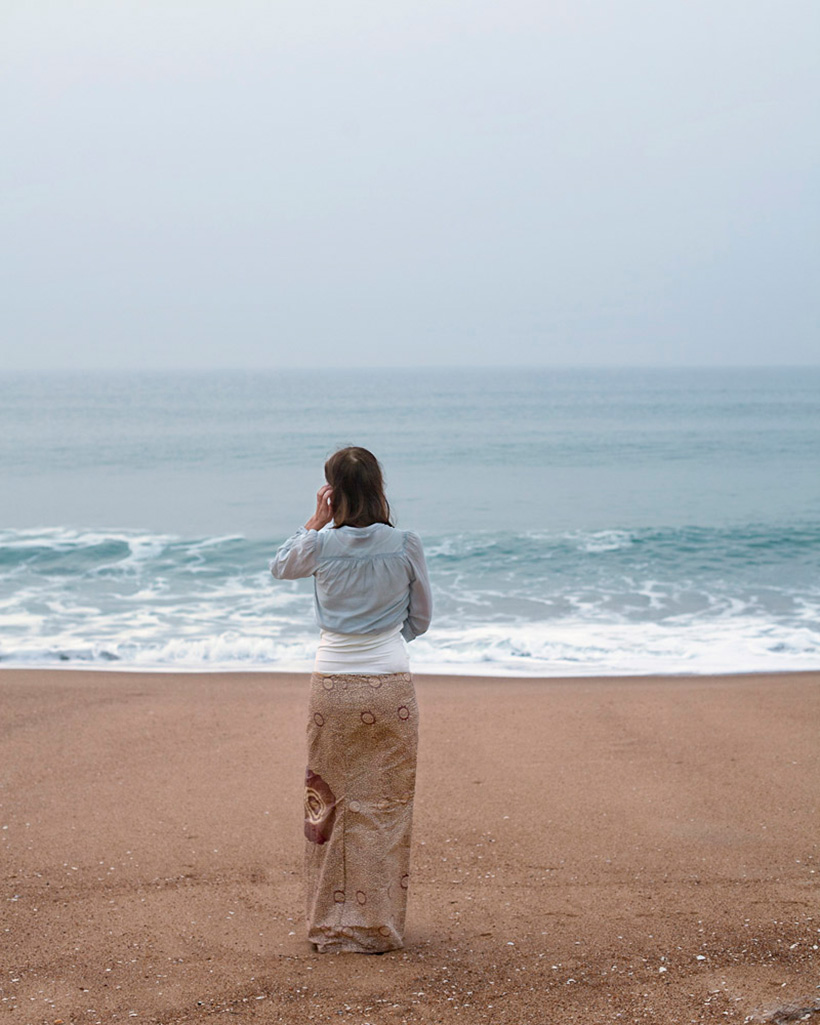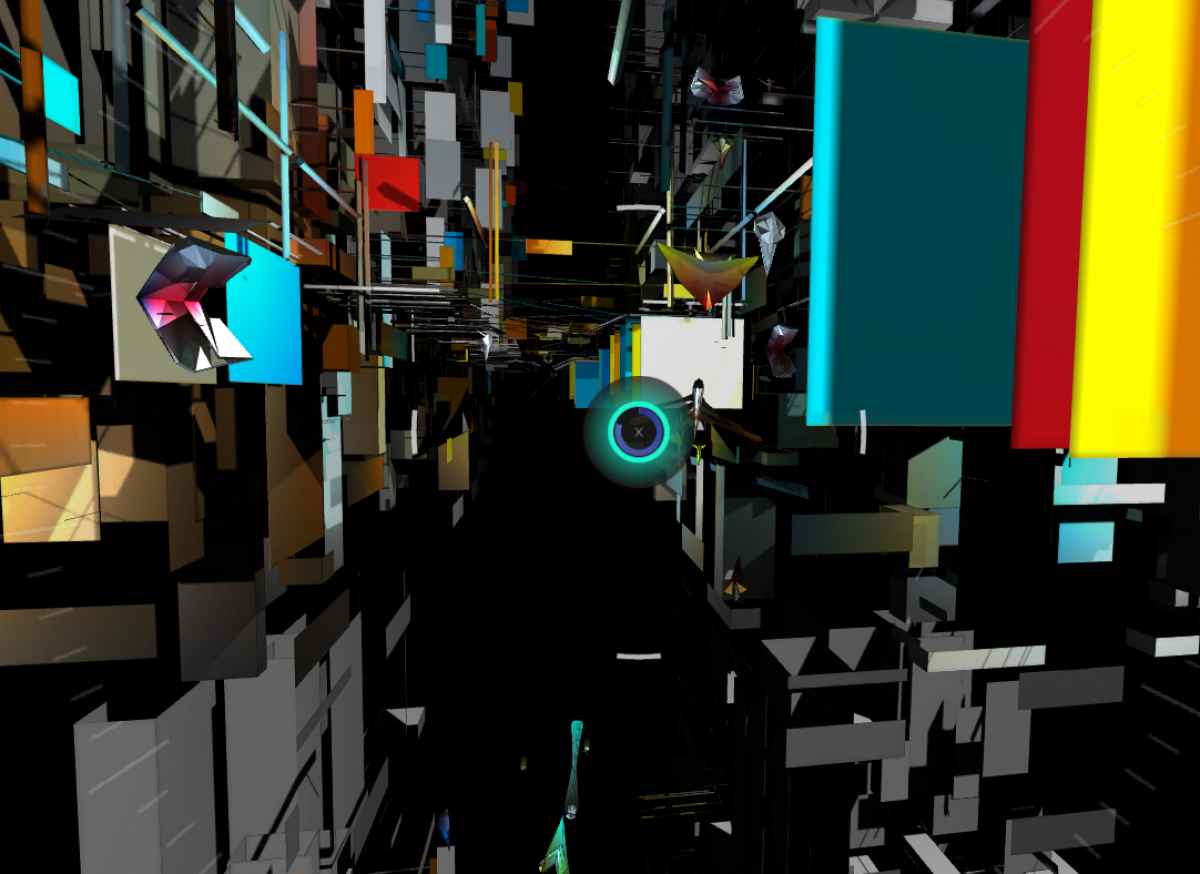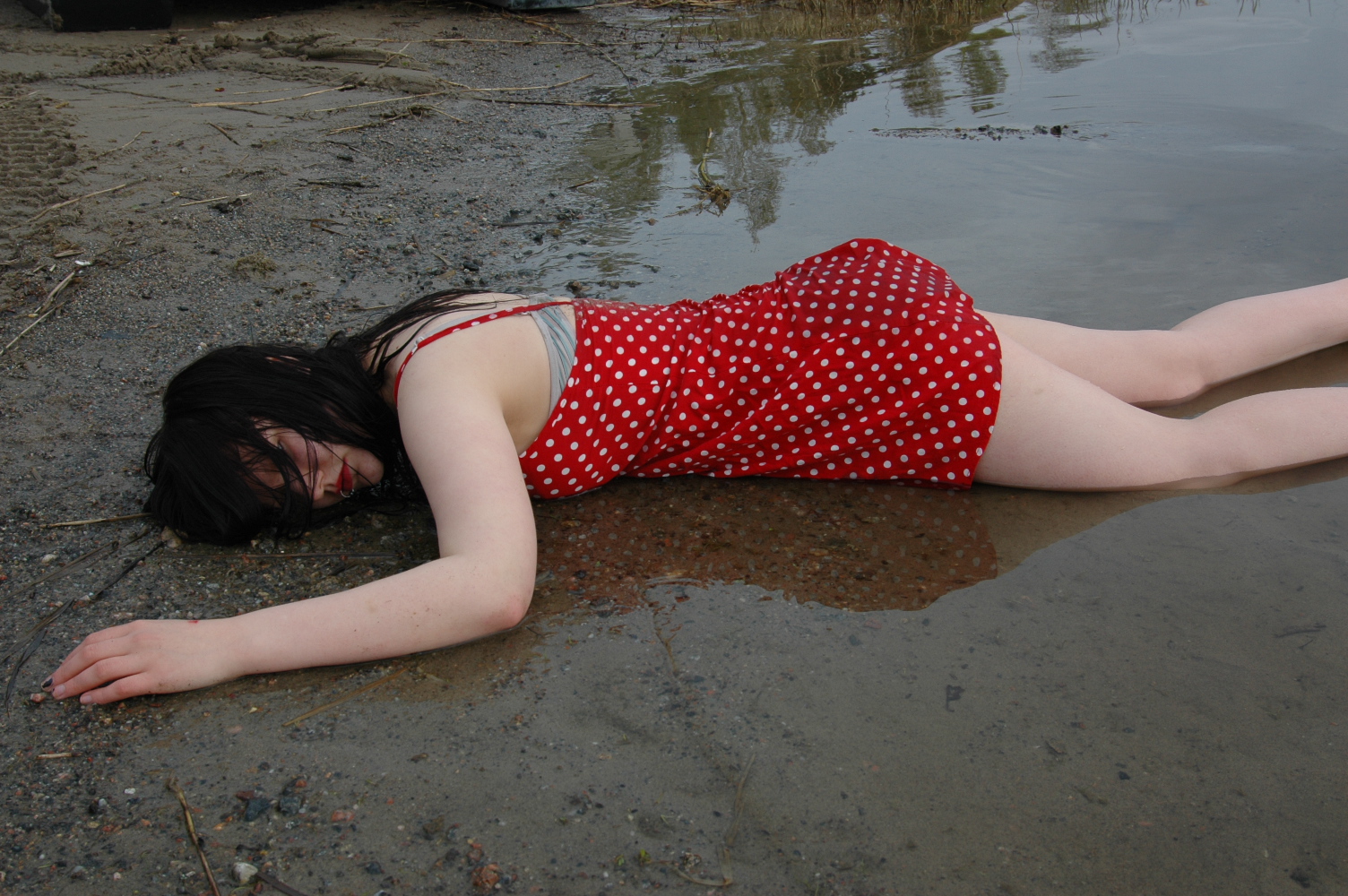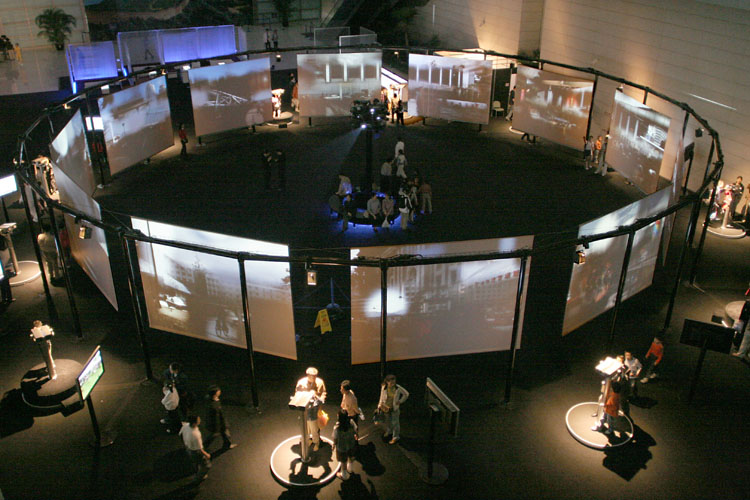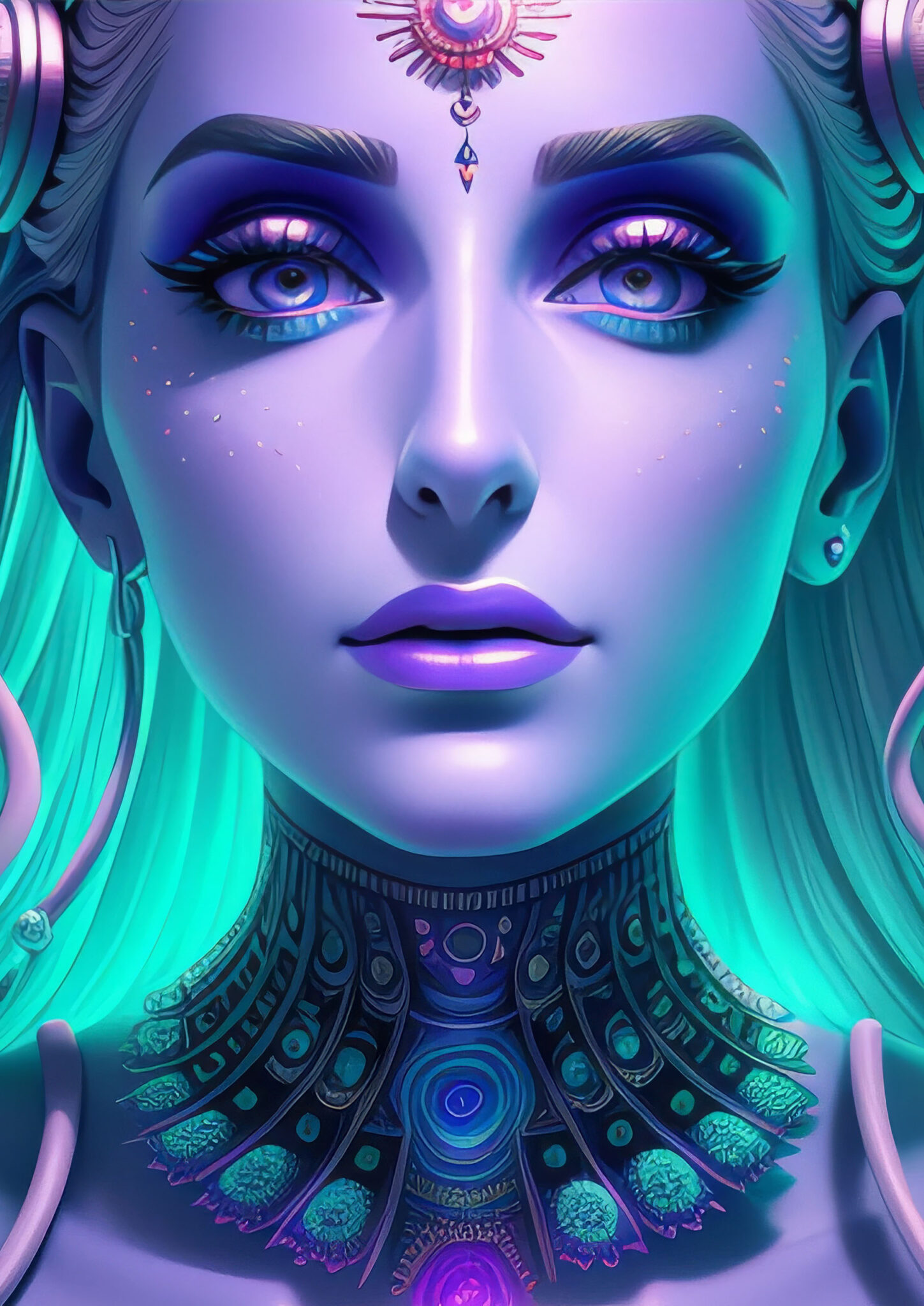
QUBIT AI: Verbo Pluriel (aka volt46) & XWave
Squid
FILE 2024 | Interator – Sound Synthetics
International Electronic Language Festival
Verbo Pluriel (aka volt46) & XWave – Calamar – United States and France
The Calamar music video is comprised of AI-generated clips that are sequenced and synchronized to create a hypnotic, ever-changing landscape.
Bio
Verbo Pluriel is an electronic music producer who has been active in the NFT scene since 2020 under the name volt46. X-Wave is also an NFT producer that trains its own AI models to generate collections. Although they never met in person, their participation in the web 3.0 art collective Based Ghouls led to their collaboration.
Credits
Music: Calamar (Kraken Mix) by Verbo Pluriel
Music Video: volt46
AI Video Generation: XWave


